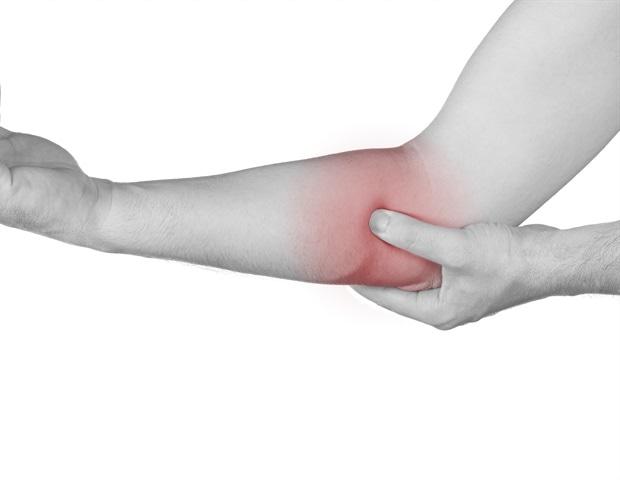Tennis elbow is the most common cause of elbow pain and common illness in people with repeated elbow muscle and wrist movements (especially anyone involved in lifting or twisting movements).
What causes it? A set of muscles called ordinary extensors extend from the hands and wrists and attach to the bone through tendons. Tennis elbow is an inflammation of this tendon.
1. You need to take a break
Repeated exercise can make symptoms worse. Avoid or modify any activity that exacerbates pain in a short period of time. If this is not possible, try to incorporate regular breaks, especially if you regularly use your arms or elbows at work
2. If it hurts, anti-inflammatory may be a good way.
Anti-inflammatory tablets or gels may help. Seek advice from your pharmacist or GP.
3. Tennis elbow support is a good way.
You may find it helpful to wear a tennis elbow brace during activities that exacerbate symptoms. These efforts are achieved by changing the mechanics of the forearm, thereby reducing the pressure on the affected tendon. The support should not be used for a long time, but it will help restore activity. Do not wear supports at night.
4. You should do some exercise to reduce symptoms
Exercise is a key element in reducing symptoms. As mentioned earlier, it is important to strengthen the muscles around the elbows as well as the upper arms and shoulders. Exercise that seems to help exercise can also help nerves in that area. Some forearm muscles can become very tight, so you can also benefit from stretching in this area
5. You can try physiotherapy
If symptoms persist after trying the above methods, an evaluation by a licensed physiotherapist is recommended. Your physical therapist will examine your arm to identify the problem and then discuss the recommended treatment with you. Physio will be able to advise you on your level of activity and will design an exercise plan for you. Sometimes applying tape to the elbow can help alleviate symptoms in the short term, making your home exercise program more effective. If exercise is not enough, the doctor may move the elbow or the soft tissue around it.
6.Heat Treatment & Ice Treatment
If the elbow pain from lifting is chronic and has been continued for about 1 or 2 weeks, put a moist hot pack around it. This method will help bring your blood flow as well as nutrients to the sore area, thus, speeding up the healing process. Besides, remember to prevent the heat from contacting directly with the skin.
If you don’t want to use the heat from a hot pack, just try applying ice to the elbow. This will help minimize inflammation to the damaged tissue, therefore, alleviating the pain. It is highly recommended to ice your elbow for about 15-20 minutes each time and do it 3-4 times a day. Keep in mind that icing more than 20 minutes at a time can actually make your condition worse.

